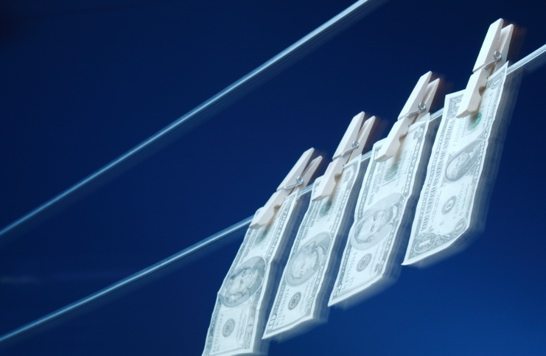The declines in asset prices are sweeping around the globe like a giant tsunami tumbling everything in its wake. Equity prices are down 47 percent from their highs, commodities 53 percent and, of course, residential real estate 25 percent. Industrial production, retail sales and personal consumption expenditures are all showing losses year-over-year and do not appear to be decelerating in any meaningful way.
In the first quarter of 2009, the negative feedback loop — the lower prices go the lower they will go — is being exacerbated by the erosion of confidence and the availability of credit. If this weren’t enough, the lack of accountability and transparency in the system is further eroding investor confidence, thereby curtailing capital spending and stifling employment.
As the monetarists and fiscal policy makers rush to shore up the banking system, they have, for the most part, missed the mark. Long ago, the highly levered global economy transitioned from a banking-dominated regime to one that hides behind securitized lending. The off-bank balance sheet structures such as SIVs (structured investment vehicles), hedge funds, CDOs (collateralized debt obligations) and the like fueled the explosion in asset prices as they levered up the system exponentially. As we are finding out the hard way, no real underlying economic value was being created, other than prices would surely be higher tomorrow, which reinforced speculative non-productive behaviors.
The false promise that rising prices alone create wealth is being unmasked as the de-levering of credit and speculative excesses unwind. The plea from Congress that banks need to start lending fails to recognize that the highly leveraged off-balance sheet bank, the Shadow Bank, is dead. The credit creation in the Shadow Bank was 30- or 40-to-1, versus 10-to-1 for the banking system most of us are familiar with. It is not that the 10-to-1 folks don’t have problems; it is that they simply do not have the capital to restructure all the 30-to-1 junk that is choking the system.
It’s about the capital
Nouriel Roubini, a highly respected economist and chairman of RGE Monitor’s newsletter, has estimated that the charge-offs and write-downs may reach $3.6 trillion before this cycle bottoms out. Bloomberg Financial, which has been tracking these charge-offs, recently reported that the number has reached $1 trillion, or about one third of Roubini’s best-guess number. In October 2008, the Federal Reserve reported that the U.S. banking system had about $1.4 trillion of capital, hardly enough to deal with the massive write-downs Roubini, Goldman Sachs Group and others see on the horizon.
The obvious simple solution is to figure out how to stop asset prices from declining further. Although this has been attempted over the past many months, the seemingly uncoordinated efforts have failed. The TARP (Troubled Asset Relief Program), which explicitly gave the U.S. Treasury the authority and money to purchase assets with the intent of stabilizing prices, instead saw those monies going into the checking accounts of banks. However well-intentioned the program was, it did little to stem the tide in the deflationary spiral, leaving us deeper in debt and virtually in the same position as when the legislation was enacted.
Price stability
In order to encourage investment and spending, we must first have price stability. Asset prices do not need to rise to get the economy moving, nor should we expect that they must. The value of the enterprise over time will be clear and will be priced accordingly. The benefits of price stability encourage investors to take on risk and give lenders the confidence to lend. Rapidly rising or falling prices merely confound and confuse even the biggest risk takers among us and that, in large measure, is why we see return of principal trumping return on principal.
All is not lost, however, as interest rates are down, mortgage re-financings are up and the stock market has attempted to battle back from some very bad economic news. The first half of 2009 is proving tough going. But we are guardedly optimistic that the second half will show signs of stabilizing, laying an important foundation for recovery in 2010. The stock market has its own twisted personality, but if it can move above the October lows the more optimistic we are that better times are ahead.




